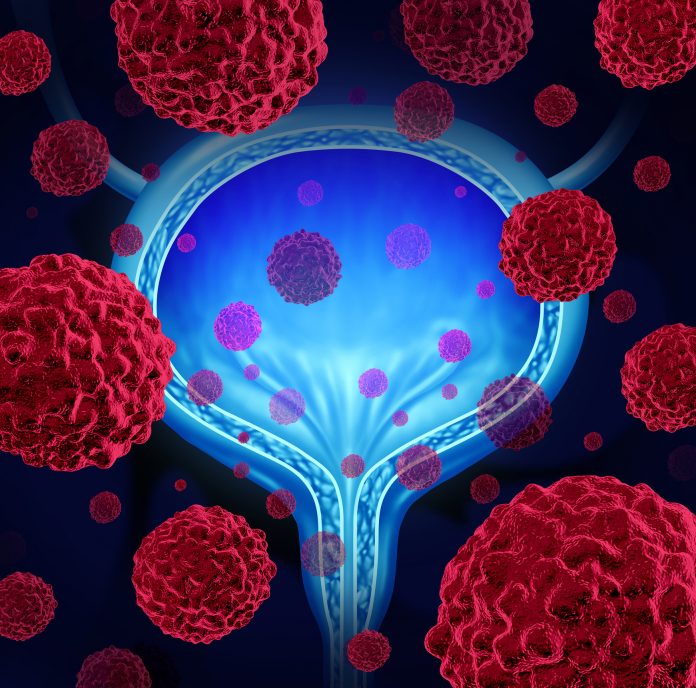
A new study published in Cancer Cell describes a promising novel approach to stratifying patients with urothelial carcinoma and predict their response to checkpoint inhibitor drugs that target the programmed death 1 (PD-1) receptor or its ligand, PD-L1.
“This study represents a large integration of molecular and clinical data in randomized trials, paving the way for clinical studies tailoring treatment to specific molecular subtypes in urothelial carcinoma and other indications,” said Romain Banchereau, PhD, senior principal scientist at Genentech and senior author of the study.
While checkpoint inhibitors, including drugs targeting PD-1 and PD-L1, have revolutionized the treatment of cancer across a wide range of indications, a large percentage of patients that are eligible for this type of treatment do not respond or benefit from this type of treatment.
Attempts have been made before to improve patient selection by testing for PD-L1 biomarkers, however, many patients with these markers still do not respond to this form of therapy. A better understanding of the molecular mechanisms that determine who responds and who is resistant to these treatments could help the development of tailored therapies.
With this goal in mind, researchers have developed a new approach to stratifying urothelial carcinoma tumors into four different subtypes based on the molecular profile of the tumor microenvironment. This classification reported a much higher accuracy at predicting which patients respond best to PD-L1 inhibitors compared to relying on PD-L1 biomarkers.
The researchers gathered data across four late-stage clinical trials that evaluated treatment with PD-L1 inhibitor atezolizumab in comparison with standard-of-care therapies in patients with urothelial carcinoma across all disease stages. Samples from pretreatment tumors from 2,803 patients were analyzed using bulk RNA sequencing, targeted somatic DNA alteration profiling, immunohistochemistry and digital pathology.
A large meta-analysis empowered by machine learning resulted in the identification of four molecular subtypes of urothelial carcinoma tumors with distinct tumor microenvironments. The machine learning algorithm was able to accurately stratify patients into these four subtypes based on digital pathology samples, offering a much faster approach than relying on RNA sequencing technology.
“Such high throughput AI-based imaging biomarkers can potentially be integrated into routine clinical practice, enabling improved diagnostic turnaround times as they are non-invasive, cost-effective, and scalable across multiple clinical sites,” said Banchereau.
Based on their unique molecular profiles, the four tumor subtypes were named luminal desert, stromal, immune, and basal. Patients in the first two groups, luminal desert and stromal, did not see a significant difference between treatment with atezolizumab and standard of care. Patients in the other two groups, immune and basal, saw a significant benefit in their overall survival when treated with the checkpoint inhibitor. One major characteristic that these types of tumor microenvironments had in common was a higher proportion of CD8+ T cells infiltrating the tumor.
The analysis of PD-L1 biomarkers in tumors belonging to the immune subtype revealed that high levels of PD-L1 improved overall survival irrespective of which treatment the patients received. For tumors of the basal subtype, high levels of PD-L1 were associated with longer survival when treated with atezolizumab, but not with standard of care.
Banchereau and colleagues propose the development of tailored treatments that address the unique features of each tumor subtype. For instance, tumors of the immune subtype may benefit from PD-L1 inhibitors in combination with other checkpoint inhibitors, whereas tumors in the basal group may benefit from PD-L1 blockers alone when they test positive for PD-L1 biomarkers, and in combination with CDK4/6 inhibitors or chemotherapy when testing negative for PD-L1.
“Overall, these results suggest that digital pathology coupled with deep learning models can be used both to understand tumor biology with human-interpretable features and classify tumors into molecular subtypes with high accuracy and could potentially be used to accelerate patient subtyping in clinical study setting,” said Banchereau.





